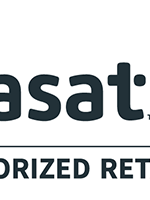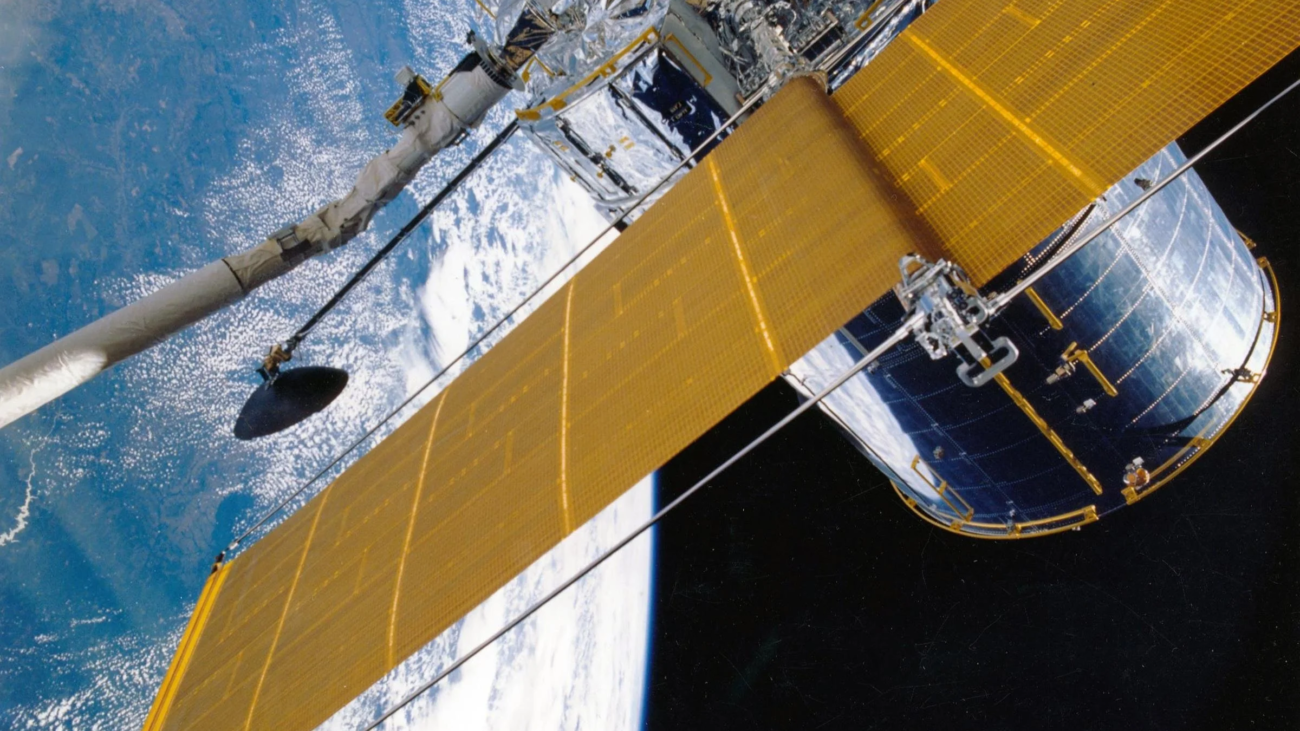In the ever-evolving digital landscape, streaming has become a staple in many households. Yet, the question remains: Is satellite internet genuinely suitable for this streaming revolution? Prepare for an enlightening journey as we unravel this.
The Streaming Revolution
Recall the bygone days of sluggish dial-up connections where even a single image seemed an eternity to load. Contrast that with today, where we devour entire series in 4K resolution in a single sitting. But here’s the kicker—what if the underdog, satellite internet, might be your unexpected ally in this endeavor?
Can you stream video with satellite internet?
Ah, the age-old question. There’s a persistent myth that satellite internet falls short when it comes to streaming. “Can you genuinely stream with satellite internet?” a colleague quizzed me recently. While I could sense the skepticism, I assure you the answer is both surprising and gratifying. Yes, you absolutely can. With advancements in satellite technology, streaming videos have become a breeze.
Viasat to the Rescue
Among the stars of satellite internet, Viasat shines the brightest. But does it merely shimmer, or can it really deliver on the streaming front?
Beyond Speeds: The Viasat Advantage
While many harp on about download speeds, Viasat’s forte lies in offering a consistent and engaging streaming experience. Be it a heart-tugging drama or an edge-of-your-seat thriller, Viasat ensures each scene unfolds with no hiccups.
If I stream a lot, how worried do I need to be about my data?
An understandable concern. Heavy streaming can indeed guzzle data. However, Viasat offers a variety of plans tailored for streaming aficionados like you. With generous data allowances and transparent usage trackers, you can binge without data anxieties.
Data consumption based on video resolution
Speaking of data, the resolution at which you stream plays a significant role. For instance, standard definition (SD) consumes less data than high definition (HD), and 4K UHD devours even more. But fret not! Viasat’s plans accommodate all, ensuring a buffering-free indulgence, regardless of resolution.
Can I stream on multiple devices at once?
Got a house full of streamers? No problem. With Viasat’s robust bandwidth, multiple devices can stream simultaneously. Whether it’s a movie in the living room or a documentary in the bedroom, Viasat’s got you covered.
Competitors in the Rearview
Other brands? They have their moments. But when the best satellite internet for streaming is the topic of discussion, Viasat emerges as the unparalleled leader. While others may boast about specifics, Viasat ensures you never miss a beat of your favorite tune.
How do I set up streaming with satellite internet?
A piece of cake! Once you’ve chosen a Viasat plan, their expert technicians will handle the installation. From setting up the satellite dish to ensuring optimal connectivity, they’ve got it all down pat. All you need to do is sit back, relax, and get your playlist ready.
Addressing the Elephant in the Room
Weather concerns with satellite internet? Minimal, I assure you. Viasat’s cutting-edge technology is adept at minimizing such interferences. Unless Mother Nature throws a real curveball, expect seamless streaming.
The Verdict
With Viasat in the satellite internet arena, streaming qualms are a thing of the past. Whether you’re an occasional viewer or a dedicated binge-watcher, Viasat ensures a riveting experience. So, when pondering the best satellite internet for streaming, let Viasat be your answer.
In this vast web of connections, Viasat stands out as the pinnacle of excellence. So, here’s to uninterrupted entertainment and memories made in front of screens. Viasat awaits to amplify your viewing pleasure.
Let the streaming marathon commence!





